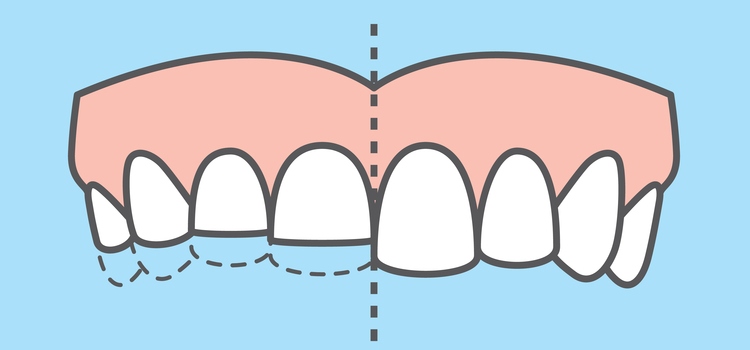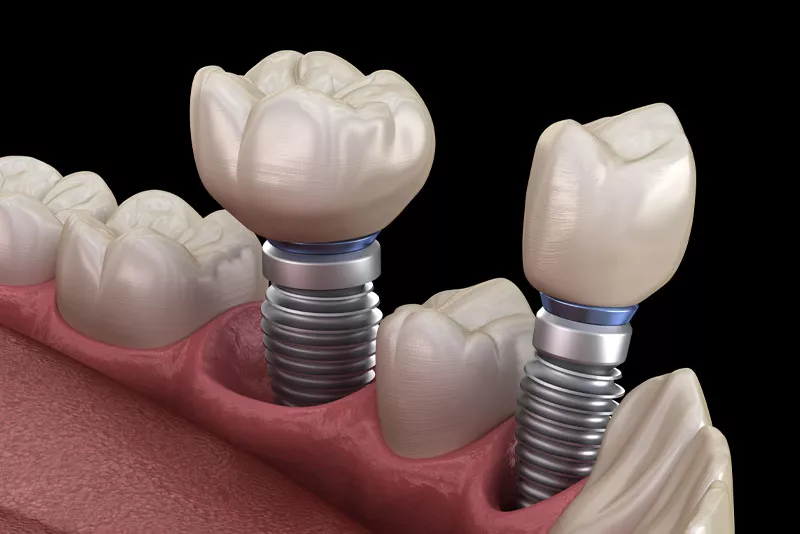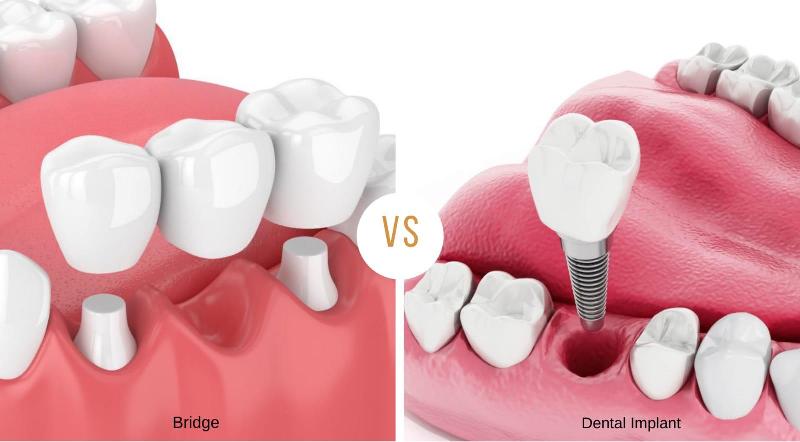A beautiful smile can exude confidence and reflect your personality. But for some individuals, smiling isn’t what they are comfortable with. This is because many suffer from gummy smile, a condition where an excessive amount of the upper gum is visible.
Also known as excessive gingival display, it creates a less desirable or less balanced smile appearance. This condition can vary in severity and is often due to various factors.
In this article, we will take a deep dive into gummy smile, exploring what it is and the potential causes behind it. We will also elaborate on the available treatment options to help you achieve a balanced and radiant smile. So, if you have a gummy smile or are curious about what to do if you ever have one, keep reading!
Understanding Gummy Smile
Gummy smile is a condition that affects approximately 10 to 12% of the population, with the prevalence being higher in women.
While there are no hard and fast in the diagnosis of gummy smile, most dentist define gummy smile as one where 3 to 4 milimeters of the upper gums is exposed when one smiles. Instead of the focus being primarily on the teeth, the smile showcases a prominent display of gum tissue.
This condition can vary in severity, with some individuals showing only a slight excess of gum tissue, while others exhibit a more noticeable gum display.
That said, it is important to know that the perception of a gummy smile is highly subjective as there are no international standards in the diagnosis of excessive gingival display. What one person considers excessive gum display might differ from another’s perspective.
Causes of Gummy Smile
As mentioned previously, gummy smile can be due to one or more different causes, and it is important to identify the specific reason to determine the best appropriate treatment approach. Here are some common causes of a gummy smile:
- Short Upper Lip: The length of the upper lip plays a significant role in how much gum is displayed when smiling. If a person has a short upper lip, it may not fully cover the upper teeth.
- Excessive Gum Tissue (Gingival Overgrowth): Some individuals naturally have an overgrowth of gum tissue that covers a larger portion of their teeth. This condition can be due to genetics or certain medical conditions.
- Maxillary Vertical Excess: In some cases, individuals may suffer from maxillary vertical excess (VME), where there is excessive maxillary development in the vertical plane. This extended growth of the upper jawbone (maxilla) causes the upper teeth and gums to appear elongated.
- Excessive Lip Movement: Some individuals may have a habit of lifting their upper lip too high when smiling. This behavior can be influenced by muscle function or learned over time.
- Abnormal Tooth Eruption: Sometimes, teeth may not erupt properly or be smaller than average. This can result in an uneven gum-to-tooth ratio, making the gums appear more prominent.
- Orthodontic Issues: Dental misalignment or an uneven bite can contribute to a gummy smile. Orthodontic treatment may be needed to reposition the teeth and improve smile balance.
- Jaw Abnormalities: Severe jaw discrepancies, such as an overgrown upper jaw (maxilla) or an underdeveloped lower jaw (mandible), can contribute to a gummy smile. In these situations, orthodontic treatment is insufficient and corrective jaw surgery may be necessary to address these issues.
The cause of a gummy smile can vary from person to person, and sometimes, multiple factors may contribute to the condition. A thorough evaluation by a dental professsional is necessary to determine the cause(s) and develop a personalised treatment plan to reduce gummy smile.
Outgrowing Gummy Smile
Children or adolescents can be diagnosed with gummy smile in as young as 10 years old. However, it may be a temporary phenomenon for these children, and they may naturally outgrow this condition as they grow and develop.
As children grows, their facial features, including their teeth’s position and length of the upper lip, may change. Over time, their gums may be less visible, thus outgrowing a gummy smile.
Also, as a permanent (adult) teeth replaces the primary (baby) teeth, the size and position of the teeth will change. This transition can lead to a more natural and balanced smile as the teeth are now more visible.
Last but not least, orthodontic treatment during adolescence can help address gummy smiles by repositioning the teeth and improving the bite.
That said, it is also important to know that not all gummy smiles will resolve with age and growth. Ultimately, it depends on the cause of the gummy smile. If you have realized that your child’s gum is over-exposed, consult a dental professional or orthodontist for a proper evaluation to determine if it is gummy smile.
Fixing Gummy Smile
The choice of treatment method depends on the specific factors contributing to the gummy smile, its severity, and the patient’s goals and preferences.
The most popular procedure is none other than botox (Botulinum toxin type A, or BTX-A) injection. This non-surgical and reversible option involves the injection of botox into specific areas to weaken the hyperactive muscles responsible for the gummy smile, thereby reducing gum exposure during smiling. However, the effects of botox will gradually reduce as BTX-A has a lifespan of approximately 5 months.
An alternative option is the lip repositioning surgery. This surgical procedure restricts the movement of the overactive upper lip, preventing it from rising excessively during a smile and, consequently, reducing gum exposure.

For some, gingival reshaping, or gum contouring, is the preferred option as it is minimally invasive and highly effective in resolving gummy smile. During gum contouring, a dentist or periodontist carefully removes or reshapes excess gum tissue. This procedure reveals more of the tooth surface, improving the balance between the teeth and gums. Modern techniques often employ laser technology, which offers precision, minimal discomfort, and quicker healing.
When a gummy smile results from dental misalignment or an uneven bite, orthodontic treatment may be recommended. This is a minimally invasive treatment but can only be relied upon when the cause of a gummy smile is due to orthodontic issues. Orthodontics involve the use of braces or clear aligner systems like Invisalign to reposition the teeth and reduce the prominence of the gum.
You may be interested in: Can Toothpaste in Your Eyes Make You Go Blind?
In cases of significant jaw abnormalities contributing to a gummy smile, orthognathic surgery may be necessary. Oral and maxillofacial surgeons perform this complex procedure to reposition the upper or lower jaw, achieving better facial aesthetics and smile balance. Orthognathic surgery is often a comprehensive solution for individuals with severe gummy smile issues.
Gummy Smile Before and After
Before treatment, a significant portion of the upper gum is visible. This visual appearance creates an uneven balance between the gums and teeth, making the gums more dominant and the teeth appearing shorter than it is.
After undergoing a treatment for gummy smile, patients should have a much more balanced smile. This meant that the display of gum is noticeably reduced, and the tooth-to-gum ratio is more pleasing. For some corrective treatments, the gumline may be even out, making the gums appear more uniformly position with the teeths.
Before and after photos of individuals with a gummy smile who have undergone corrective treatments can provide a clear visual representation of the transformation. Here are some photos of individuals before, and after undergoing treatment to reduce or eliminate gummy smile:
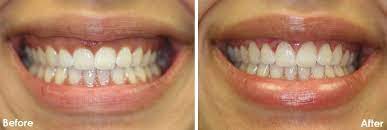
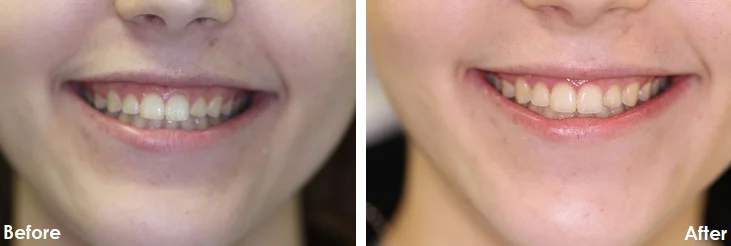
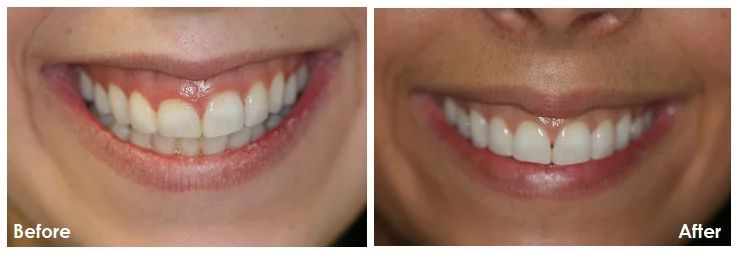


These before-and-after images highlight the physical changes as well as the positive impact on an individual’s self-esteem and confidence. Correcting a gummy smile can be a long and painful process, but it can undoubtedly lead to improved overall facial aesthetics and a more radiant smile, thereby enhancing one’s quality of life.
Concluding Thoughts
In conclusion, understanding and addressing a gummy smile is a process that involves identifying the underlying causes and choosing the most appropriate treatment options.
Whether it’s through gum contouring, orthodontics, lip repositioning surgery, orthognathic surgery, Botox injections, dental restorations, or periodontal procedures, correcting a gummy smile is a highly personalised path that may be long and arduous. However, the results can be transformational, for it can improve not only the physical appearance but also an individual’s self-esteem and overall quality of life.





